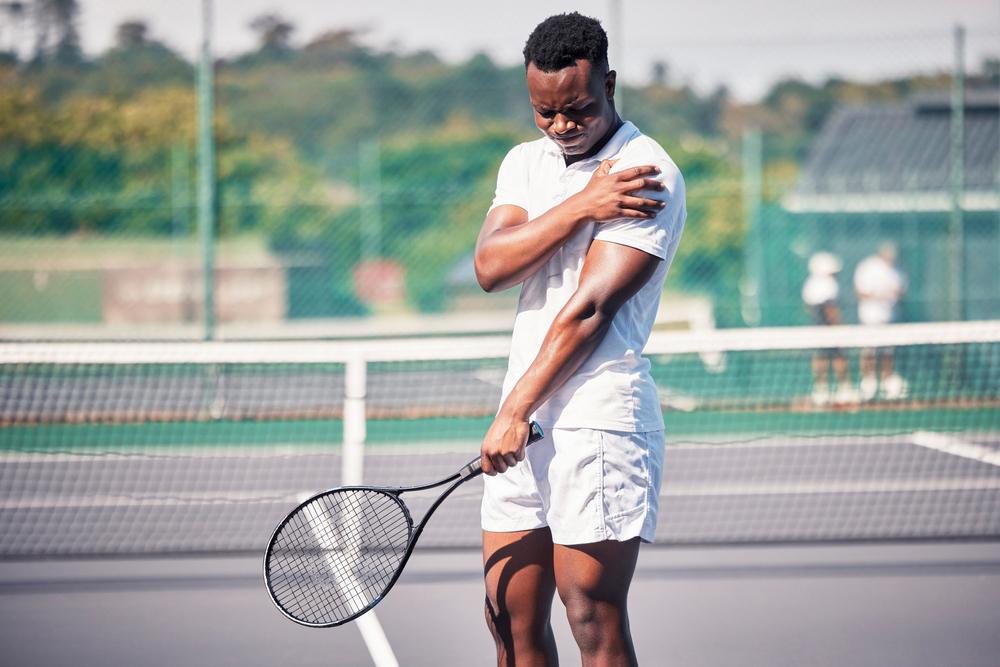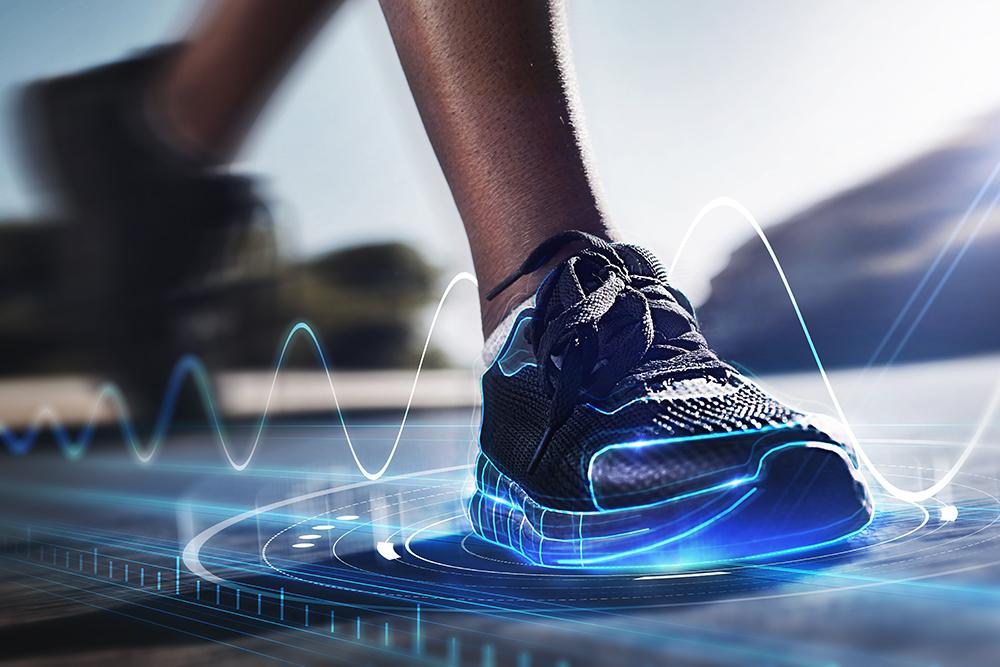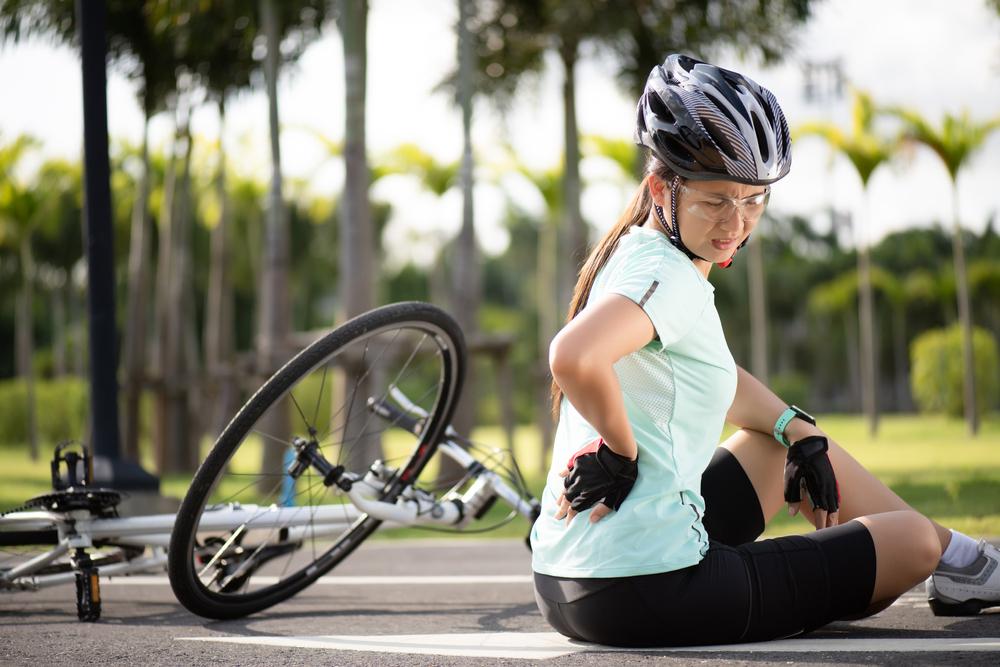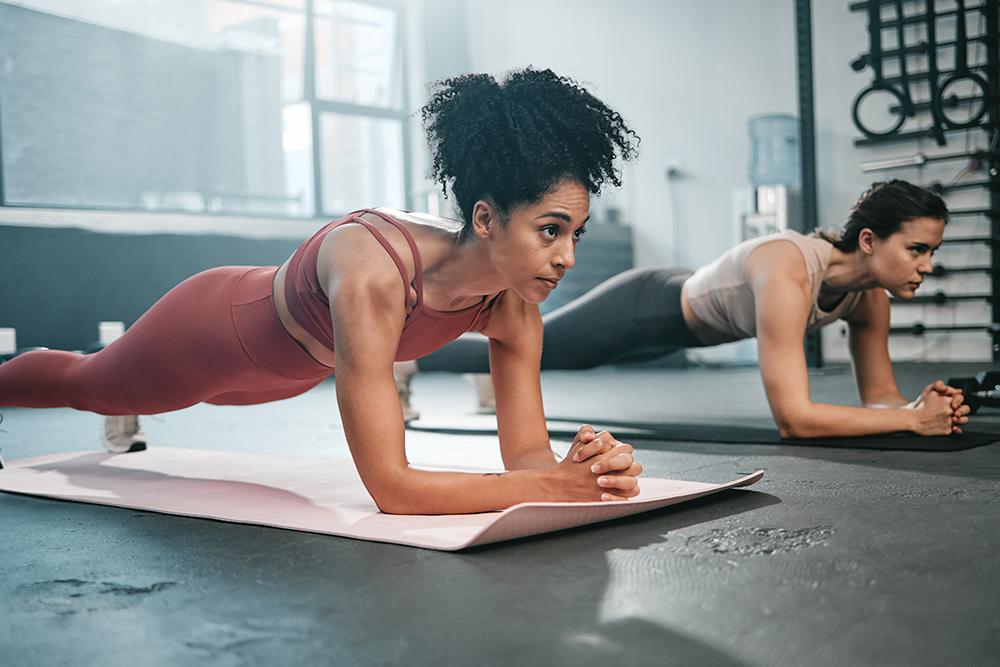 Shoulder injuries are unfortunately common for athletes of all types, whether due to acute or overuse injuries sustained during sport. Although there is no one-size-fits-all solution to building strong, mobile, injury-free shoulders, there are some general principles that can help regardless of sport choice.
Shoulder injuries are unfortunately common for athletes of all types, whether due to acute or overuse injuries sustained during sport. Although there is no one-size-fits-all solution to building strong, mobile, injury-free shoulders, there are some general principles that can help regardless of sport choice.
Here, Michele LaBotz, TrueSport Expert and sports medicine physician, shares the simple ways you can help your athletes avoid shoulder injuries and reduce their risk of downtime due to overuse.
1. Shoulders are important in every sport
“The shoulder is the most mobile joint we have in the body,” LaBotz adds. “That mobility makes for vulnerability, because it means there are a lot of things that can go wrong. And that’s true in every sport: Each sport is so unique in the demands that it places on a shoulder.”
“Swimming is really different from throwing, which is different from tennis, which is different from volleyball, and so on. Even in running, arms are moving forward and backward in the shoulder socket with each stride. Within each sport, there are different common patterns of strength and flexibility deficits. Attention to technique is key to performance and injury prevention, and if an athlete doesn’t correct potential technical issues, shoulder pain is going to persist and possibly worsen.”
2. Help athletes improve posture—it plays a large role in shoulder health
Many athletes are spending their non-sport time huddled over screens. Unfortunately, this hunched posture is potentially harming their shoulder health, so the more you can help athletes to keep their shoulders in that upright, neutral position, the better.
“One fix that is universal for every sport is making sure the shoulder is starting in a strong neutral position,” says LaBotz. “That means the ball is centered in the socket in the shoulder joint, and a strong rotator cuff is keeping it stable. Unfortunately, most young athletes are spending much of their time in a hunched over ‘shoulder forward’ position, so the muscles in the back and shoulders get stretched while the muscles in the chest get tight, and they end up with rounded shoulders in a forward position instead of that neutral posture.”
This may be a particular issue for some female athletes as they start to develop breasts, says LaBotz. “We know that breast development can be a barrier to sports participation for some young female athletes,” she says. “This may partially stem from how the athletes feel about how they look and how their bodies are changing, but it’s also about comfort. A good sports bra that is supportive for them can actually help prevent shoulder pain that can come from rapid breast development and the changes that occur with that.”
3. Stabilize the platform
“The shoulder blade (also known as the scapula) is the only thing that connects the arm to the rest of the body,” says LaBotz. “The muscles around the shoulder blade need to be able to keep the shoulder blade stable against the back rib cage, because that’s the platform for all your arm movements. If the platform isn’t stable, you’re not going to have as much control, performance is going to suffer, and you’re going to set yourself up for trouble.”
Training the muscles that stabilize the scapula can be challenging for any athlete, but incorporating a good scapular stabilization program into training can optimize performance and minimize injury risk in many sports, and it is an essential part of rehabilitation for any athlete dealing with shoulder pain.
4. Keep the ball in the socket
 As mentioned above, helping athletes shift out of that shoulder forward position before they start practicing enhances shoulder stability, improves performance, and reduces injury risk. “In swimmers, for instance, they often get super tight across the front of their chests, so adding movements that help stretch out the pec minor and those muscles in their front, to help the shoulders come back into neutral can be very helpful,” LaBotz notes.
As mentioned above, helping athletes shift out of that shoulder forward position before they start practicing enhances shoulder stability, improves performance, and reduces injury risk. “In swimmers, for instance, they often get super tight across the front of their chests, so adding movements that help stretch out the pec minor and those muscles in their front, to help the shoulders come back into neutral can be very helpful,” LaBotz notes.
Although rotator cuff injuries are far less common in young athletes than in adults, a strong rotator cuff is essential in sports with repetitive arm and shoulder use. Strengthening the small muscles of the rotator cuff help to keep the shoulder joint stable and can help minimize issues related to instability or impingement around the joint.
For throwers, she adds that symmetry is often a problem since athletes are obviously using one arm for throwing. “Your throwers are never going to be symmetrical,” says LaBotz. “And that’s fine. But what can happen is that they lose internal rotation—the ability to reach up behind their back—on one side. If there is a real significant difference in their ability to reach up the back with each hand, that’s called a glenohumeral internal rotation deficit. That deficit can predispose them to injury. A sleeper stretch is an easy way to address that deficit and may reduce risk of injury.”
If you’re unsure how to help athletes improve shoulder mobility and stability, consult an athletic trainer or physical therapist to help create a sport-specific routine for your athletes.
5. Improve core strength
While the core isn’t directly connected to the shoulder, core strength is important for power and performance in many sports. The more power that can be generated from an athlete’s lower body and transmitted to the arm through the core, the stronger they will be, and the less work the shoulder and arm have to do. “In a lot of sports, athletes will try to generate power from their arm and their shoulder, rather than realizing that most of their power should be generated from the hips and the legs and then transmitted to the arm through the core,” says LaBotz.
“If the athlete is trying to generate too much power from their arm, they’re going to overuse the shoulder,” she adds. “One of the things that you need to do to get rid of shoulder pain in those athletes is not only rehab the shoulder, but also correct their technique and focus on transmission through the core so that they are generating power from ‘the ground up.’ Otherwise, they’ll just continue to get injured.”
6. Help athletes avoid overuse
Encourage athletes to not specialize—and to take time off. “We know that early specialization can potentially lead to overuse injuries, especially when an athlete is playing year-round,” says LaBotz. “This is especially true for athletes in throwing sports. Throwers who participate year-round in their sport are at far higher risk for injury and burnout compared to those who take the recommended time off. It’s ideal to take at least four weeks away from organized throwing a couple times each year.”
Furthermore, pay attention to how often an athlete is throwing, both on your team or another team. “Throwing on multiple teams is also not recommended,” LaBotz says. “There are dedicated pitch counts for different age ranges. Many parents aren’t aware of these pitch counts and allow their athlete to play as much as possible—but that will end up hurting rather than helping them. And athletes should never be throwing with a sore arm, so make sure your athletes are letting you know if something is bothering them.”
7. Educate athletes on everyday wear and tear
Unfortunately, many middle school and high school athletes carry hefty amounts of books in backpacks and bags between classes during the school year. This burden may seem minor, since it’s not for long durations, but if an athlete is already on the brink of a shoulder injury, carrying a heavy load with the bulk of the weight resting on the shoulders can be a problem. “Backpacks for daily and school use should hold a maximum of 15 percent of an athlete’s body weight,” says LaBotz. “I see so many athletes who are carrying much more than that because it’s hard to make time to get to their lockers between classes.”
She recommends helping athletes find smarter solutions: Backpacks that have a waist belt to relieve some pressure on the shoulders can help, as can ensuring that the heavier books are placed lower and forward in the backpack. She also encourages students who have struggled with shoulder problems or back pain in the past to talk to school administrators or teachers about leaving a copy of their textbook in the classroom so that they don’t need to carry it.
8. Help athletes develop an awareness of the shoulder
Finally, and arguably most important, simply help your athletes become aware of their shoulders. This simple shift to paying attention to how the joint feels during throwing, running, swimming, or simply everyday life can help catch early problems before they become more serious injuries.
Often, young athletes are missing that body awareness and ability to do a body scan that could catch potential issues early. Encourage your athletes to ask for help if their technique doesn’t feel smooth, or if the shoulder feels weak in a certain movement. “You don’t want to nag your athletes about their posture or shoulders, and they can’t think about shoulder position all day long,” says LaBotz. “But you can help them become aware of when something doesn’t feel right.”
_________________________
Takeaway
Preventing shoulder injuries is important for any coach in a sport that requires significant upper body movement. Fortunately, efforts taken to build strength and stability to help prevent injuries in that area are also often beneficial for performance. You can work with athletic trainers and physical therapists to create simple routines for your athletes to follow, and it’s especially important to make sure athletes are getting enough recovery time, particularly with those who play on multiple teams.



